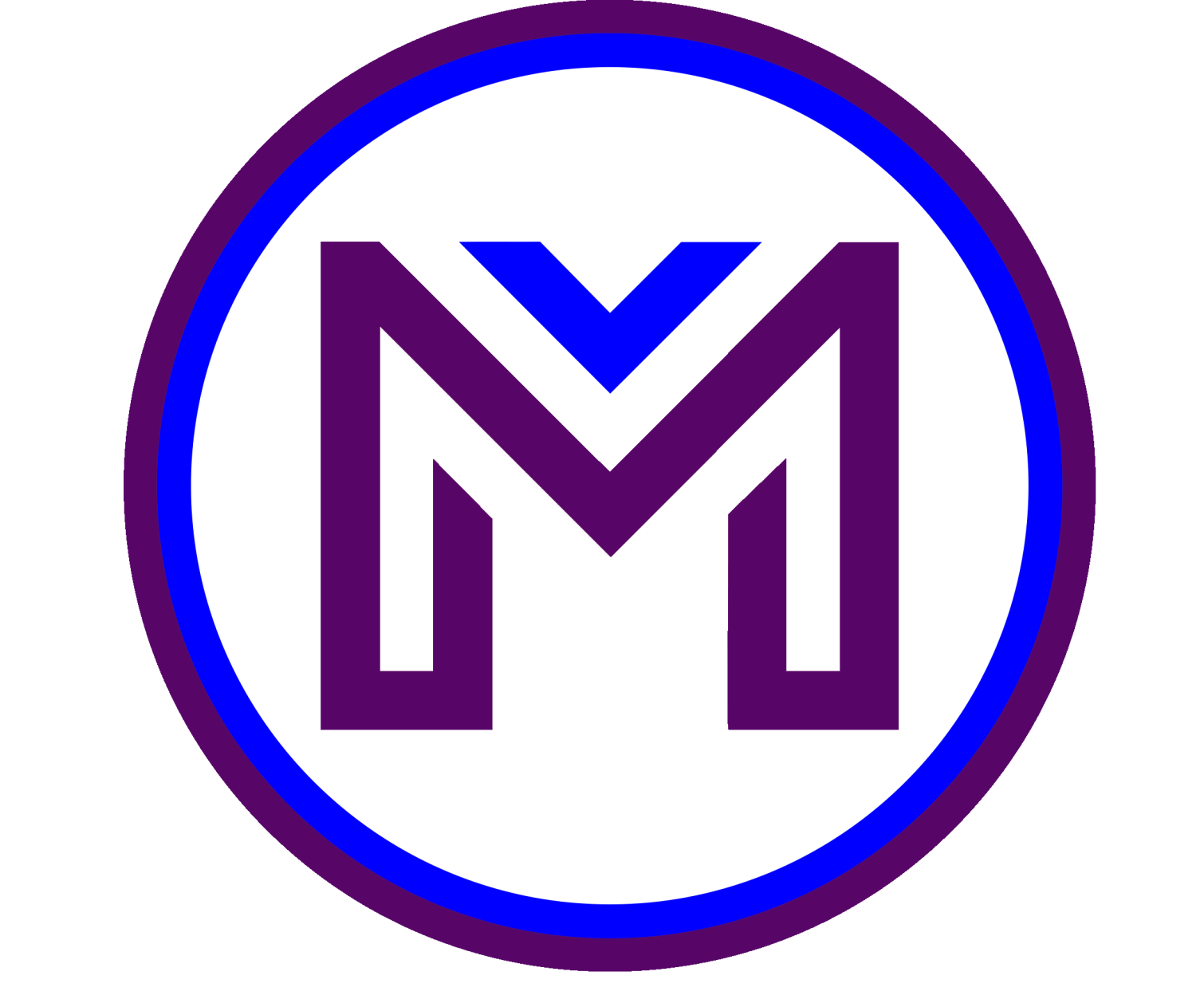

Infection Types & Salon-Relevant Pathogens
4 CEU Hours – State Board Approved Course
COURSE OBJECTIVES
Method
100% online
Duration
4 hours
Custom Kit
Included
Access
12 months
Language
English
Upon completion, the student will be able to:
Understand the structure and authority of the SC Board of Cosmetology
Identify key SC Board regulations for cosmetology, esthetics, and nail technology
Explain sanitation, disinfection, sterilization, and decontamination methods.
Perform proper blood exposure incident protocols.
Identify bacteria, viruses, fungi, parasites, and bloodborne pathogens.
Recognize skin disorders and nail infections related to improper sanitation.
Implement state board-compliant infection control practices.
Apply knowledge to real-world salon scenarios.
Introduction
Welcome to License. Protect. Thrive., a comprehensive 4-hour online course designed for South Carolina cosmetologists, estheticians, and nail technicians. Whether you're renewing your license, managing a salon, or just beginning your career, this course will guide you through the critical knowledge needed to operate legally, safely, and professionally in today’s beauty industry. We’ll cover South Carolina Board laws and regulations, professional ethics, client safety, and infection control—including the latest sanitation and disinfection standards. Expect real-life case studies, practical examples, and guidance you can use immediately in your salon or spa.
(Understanding the Legal Foundation)
Infection Types & Salon-Relevant Pathogens
Now, we turn to understanding the four primary types of infections salon professionals might encounter: bacteria, viruses, fungi, and parasites. Bacteria are one-celled microorganisms, some harmful (pathogenic) and some beneficial (non-pathogenic). Pathogenic bacteria include common culprits like Staphylococci—which cause pus-forming infections—and Streptococci, responsible for strep throat and skin infections. Bacilli, the most common bacteria, cause
illnesses like tetanus. On the flip side, non-pathogenic bacteria help in digestion and immune defense.
Viruses are microscopic particles requiring a host cell to reproduce. Unlike bacteria, viruses can’t survive or multiply on their own, making them more challenging to treat. Examples include the common cold, influenza, HIV, hepatitis, and recently, the novel coronavirus. Unlike bacteria, viruses are not affected by antibiotics, underscoring the importance of prevention through sanitation and vaccines.

Fungal infections, such as ringworm, athlete’s foot (tinea pedis), and scalp infections (tinea capitis), are prevalent in salons. These infections thrive in moist environments like pedicure spas and hair washing stations. Improper cleaning of tools like clippers and footbaths can easily spread these conditions between clients. This hour covers detailed cleaning techniques to prevent fungal transmission, including the use of compressed air to remove hair and EPA-registered disinfectants for blades.
Parasites like head lice and scabies are also common concerns. Head lice infestations (pediculosis capitis) require specific treatment and cannot be resolved by salon sanitizing alone. While salons are not medical treatment centers, recognizing signs and referring clients appropriately is a professional responsibility.
(Understanding the Legal Foundation)
Skin & Nail Disorders, Client Screening,
& Salon Hygiene Best Practices

In the final hour, we focus on identifying skin and nail disorders relevant to cosmetology professionals. Recognizing these disorders ensures that you provide services safely and refer clients to medical professionals when necessary. Skin conditions such as inflamed skin, eczema, psoriasis, or infections must be distinguished from minor irritations that can be safely treated in the salon.
Special emphasis is placed on nail infections and the importance of properly cleaning and disinfecting implements. Nail infections like tinea pedis can spread quickly if tools are not properly sanitized. Pedicure spas require diligent cleaning after each use, with non-corrosive disinfectants circulating for manufacturer-recommended contact times to kill pathogens effectively.
We also discuss client screening protocols, such as using neck strips to prevent direct cape contact, proper handling and storage of linens, and the benefits of disposable towels in infection control. Learning to identify contraindications to service protects both the client and the technician from potential health risks.
Throughout this hour, case studies will challenge you to apply what you have learned by analyzing scenarios such as a client with inflamed scalp or nail discoloration, deciding when to proceed with treatment, and when to refer to a healthcare provider.
The course concludes with a comprehensive review quiz, reinforcing your knowledge and preparing you for real-world application in your salon or spa.
